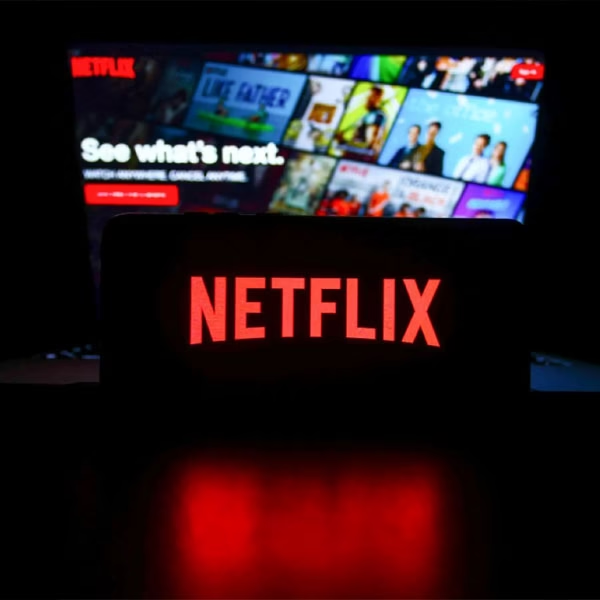Introduction: A Cultural Shift Toward Immersive Engagement
In 2025, experiential entertainment is not just a trend—it’s a full-blown transformation in how audiences connect with stories, music, sports, and technology. Traditional entertainment formats are no longer sufficient for a population that craves interactivity, emotional immersion, and shared experiences. The appetite for live events has grown exponentially, driven by the demand for authentic, memorable encounters that transcend screens and bring people together.
What Is Experiential Entertainment?
Experiential entertainment refers to activities that involve multi-sensory, interactive experiences, typically in real-world or hybrid environments. These are not passive forms of entertainment. Instead, they engage audiences by making them part of the story. From immersive theater and virtual reality (VR) festivals to pop-up installations and augmented reality (AR) games, experiential formats invite the audience to participate rather than observe.
Why Audiences Are Flocking to Live Events in 2025
The success of live, immersive experiences is rooted in three key factors:
- Post-Digital Fatigue: After years of screen-centric entertainment, especially during the COVID-19 pandemic, people seek physical engagement and real-life emotional resonance.
- FOMO Culture: Social media has amplified the fear of missing out, making exclusive and one-time events a key cultural currency.
- Emotional Connection: Live experiences offer a stronger emotional return on investment—the joy, surprise, and wonder of shared, unscripted moments.
Top Trends Dominating the Experiential Entertainment Industry
1. Multi-Sensory Immersion Becomes the Norm
In 2025, successful events are built around all five senses. From scent-driven storytelling to haptic feedback suits in VR concerts, full-body engagement enhances memorability and deepens emotional impact.
Case Study: Meow Wolf Expansion
The experiential art collective Meow Wolf has expanded into five new U.S. cities with installations combining sound, scent, temperature, and interactivity. Visitors don’t just view art—they walk through narratives.
2. Hybrid Experiences Combine Digital and Physical Worlds
Tech innovations have birthed a new genre: hybrid events. These involve both real-world and virtual elements, allowing audiences to access content in multiple ways.
Case Study: Coachella 2025
Coachella introduced a mixed-reality layer allowing virtual attendees to roam the grounds as avatars while interacting in real-time with on-site participants through AR filters, audio streams, and synchronized lighting.
3. Brand Activations Become Entertainment
Major brands are turning advertising into experience. Brand activations today involve theatrical storytelling, influencer-led performances, and gamified interactions.
Case Study: Netflix’s Stranger Things Experience
Netflix recreated a Hawkins lab in major cities where visitors become characters in a live mystery. With puzzles, live actors, and physical effects, it blurred the line between promotion and performance.
4. Pop-Up Culture and Event Nomadism
Rather than static venues, 2025 is witnessing a rise in nomadic experiences—pop-ups and tours that move globally.
Case Study: Van Gogh: The Immersive Experience
Initially a limited engagement, this immersive art installation now travels globally. Its success inspired similar projects with other artists like Monet and Frida Kahlo.
5. Immersive Sports and Gamification
Sports fans now crave more than just a seat at the game. Venues have become theaters of tech, with interactive scoreboards, AR-driven commentary, and on-demand replays via smart glasses.
Case Study: NFL Mixed Reality Zones
Select 2025 NFL games offer attendees mixed-reality zones where fans can “step into the game” using real-time holograms and AI narrators.
Technology as the Backbone of Experiential Entertainment
AR and VR Drive Participation
Technologies like augmented reality (AR) and virtual reality (VR) have removed physical limitations, enabling limitless environments.
- VR theme parks now exist fully online, featuring rides that use haptics and smell generators.
- AR treasure hunts tied to brand campaigns are a staple in retail entertainment.
AI-Powered Personalization
In 2025, events use AI to personalize experiences:
- Facial recognition delivers mood-based music tracks.
- AI narrators adjust dialogues in real-time based on crowd reactions.
- Dynamic pricing and attendance prediction algorithms optimize venue capacity.
Blockchain for Ticketing and Loyalty
Blockchain technology has revolutionized ticketing:
- Tickets are now NFTs, which reduces scalping.
- Fans earn digital rewards for participation, which can be redeemed at future events.
Industries Being Disrupted by Experiential Entertainment
Film and Television
Static viewership is being replaced by live cinema, where actors perform key scenes in physical sets while audience members walk through them.
Retail
Shopping malls now include entertainment zones, merging retail with immersive shows, workshops, and themed games. This fusion increases dwell time and spending.
Education
Schools and institutions are adopting gamified learning theaters where students engage with curriculum in virtual sets. History lessons are now experienced in VR-enhanced Roman coliseums.
Tourism and Travel
Experiential tourism is thriving. Travelers now seek cultural immersion events like historical reenactments or interactive cooking festivals.
The Business Side: Why Brands Are Investing in Experiential Models
Return on Experience (ROX)
Where ROI used to dominate, ROX is now the key metric. The emotional and brand engagement value of an experience is more powerful than impressions or reach.
Data Collection
Experiential setups allow brands to gather first-party data ethically by offering value in exchange. Participation metrics, time spent, and emotion tracking yield deep consumer insights.
Community and Loyalty Building
These events foster tribes around brands, leading to long-term loyalty and brand evangelism. Fans feel a sense of belonging that traditional advertising cannot replicate.
Challenges Facing the Industry in 2025
- High Production Costs: Building fully immersive sets or using multi-sensory technology can be expensive.
- Scalability: Not all events scale easily beyond local geographies.
- Safety and Ethics: With immersive experiences comes a need for strong ethical boundaries, especially in simulated trauma or intense emotions.
- Technological Accessibility: Not all audiences have access to VR gear or fast internet.
Why Experiential Entertainment in 2025 Is Both a Breakthrough and a Risk
Experiential entertainment in 2025 is a powerful innovation transforming how we engage with stories, brands, and culture.
While experiential entertainment in 2025 brings thrilling opportunities for deeper emotional connections and unforgettable events, it also introduces complex challenges. The demand for experiential entertainment in 2025 has skyrocketed among fans, yet some critics warn of over-stimulation and rising costs. Still, brands and creators embracing experiential entertainment in 2025 are seeing massive returns in loyalty and engagement.
Not adopting experiential entertainment in 2025 may be a costly mistake, as the industry moves rapidly toward immersive, hybrid-first formats. Those who invest in experiential entertainment in 2025 now are likely to lead the future of global entertainment.
What the Future Holds for Experiential Entertainment
1. AI-Generated Worlds and Personal NPCs
AI is beginning to create entire storyworlds and intelligent characters that interact with individual audience members in unique ways.
2. Biometric and Neural Integration
Future events may include brain-computer interfaces, allowing users to influence story direction with thought patterns or emotional responses.
3. Eco-Experiential Events
Sustainability will be a core theme. Pop-ups will increasingly rely on solar tech, biodegradable materials, and climate-conscious storytelling.
4. Global Synchronization of Events
Concerts, festivals, and shows will happen simultaneously across cities with unified light shows, performers, and interactive participation, enabled by 6G and advanced cloud sync.
Conclusion: The World Is the Stage
The surge in experiential entertainment and live events is not a passing phase. It is the future of human connection, commerce, and creativity. As technology continues to merge with storytelling, the line between reality and imagination becomes increasingly blurred. Brands, artists, and organizers who embrace this shift will not only engage audiences but redefine what entertainment means in the digital age.
You May Also Like: YouTube Scripted Series Rival Traditional TV in 2025





